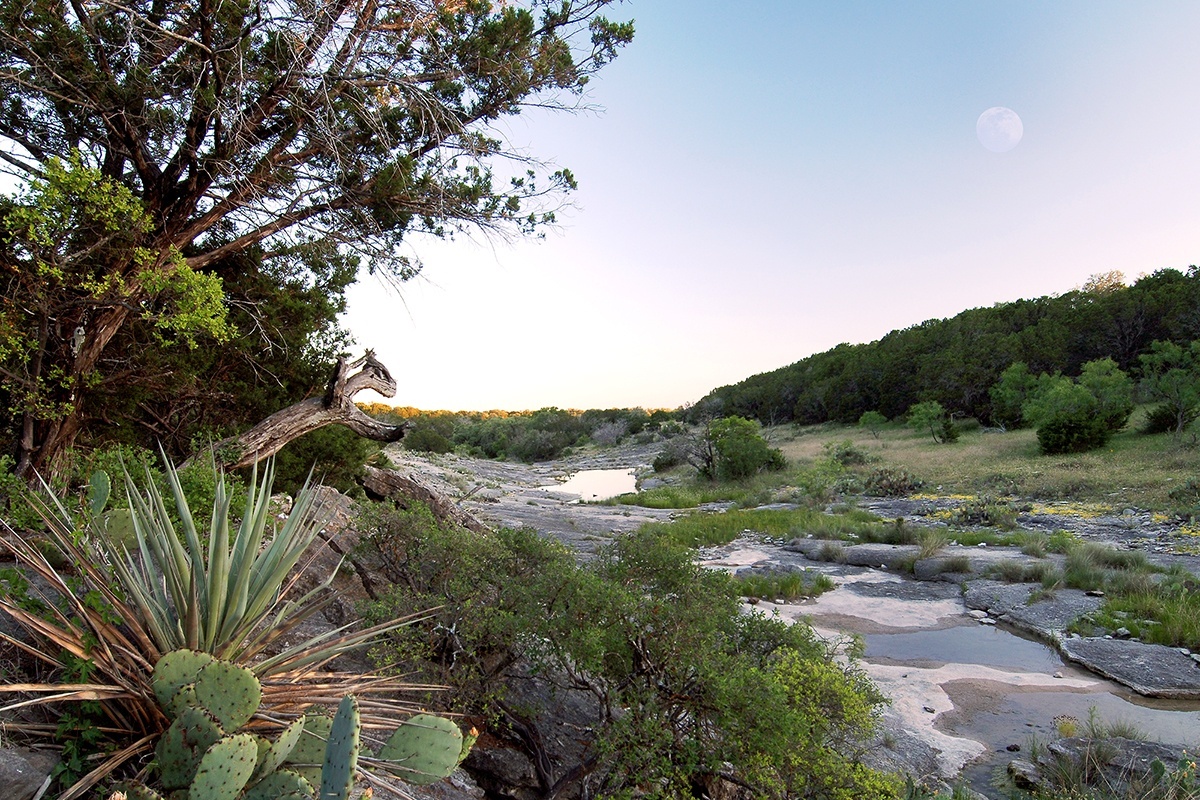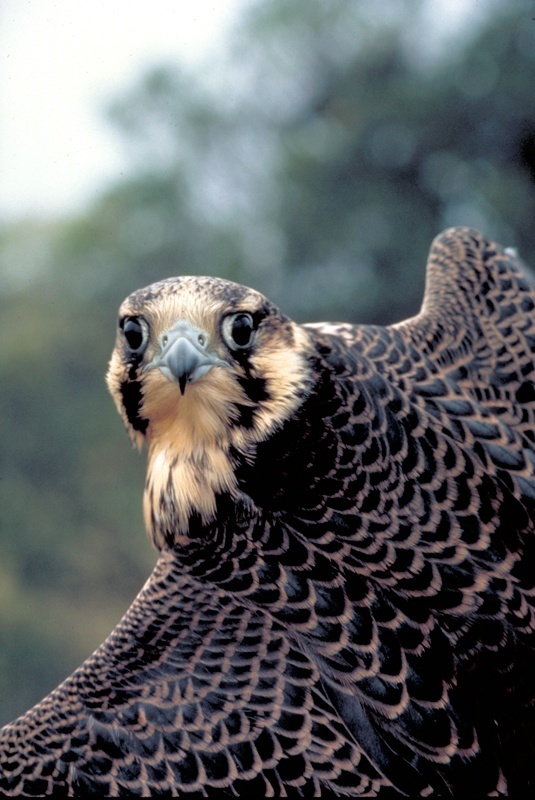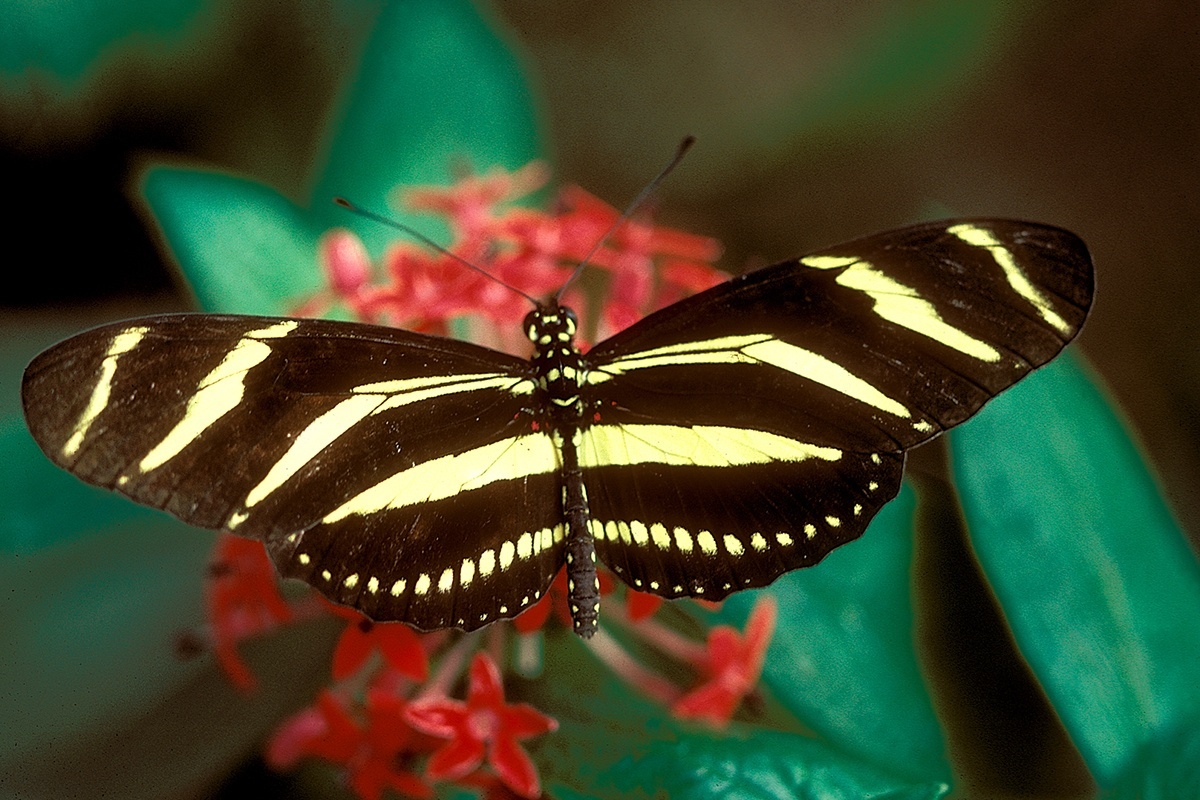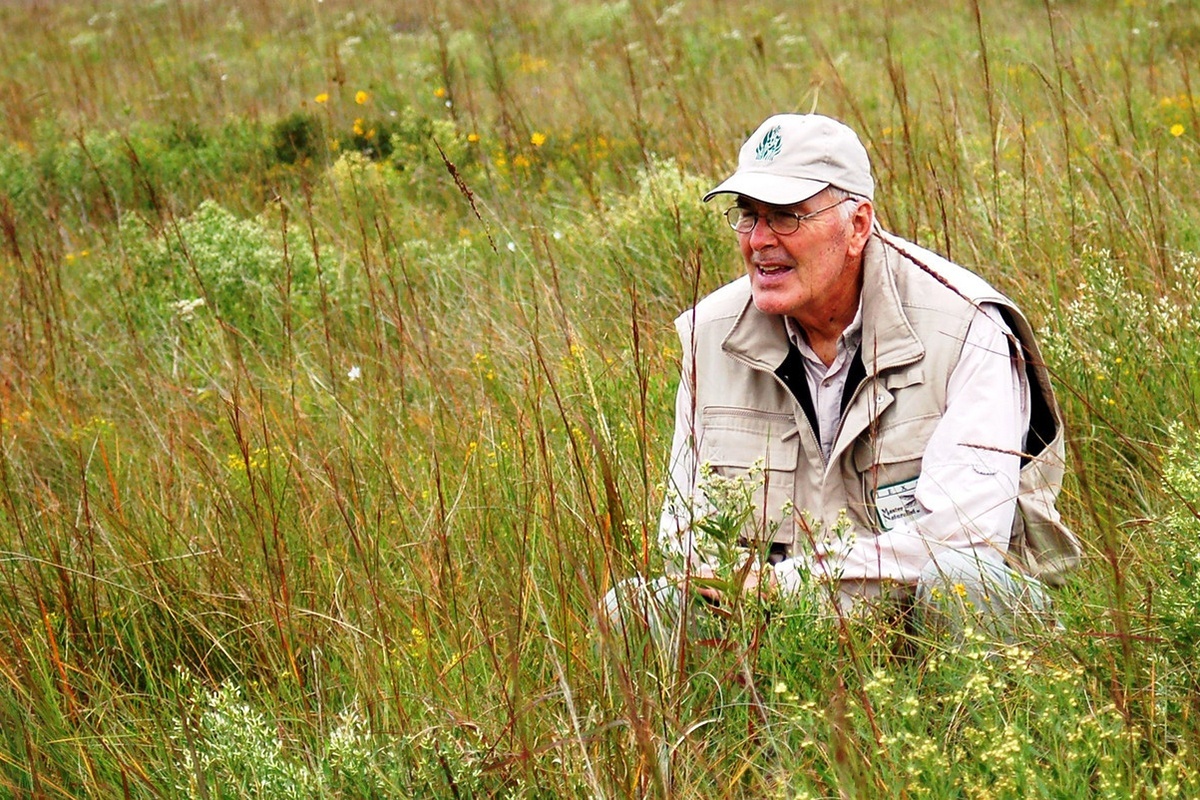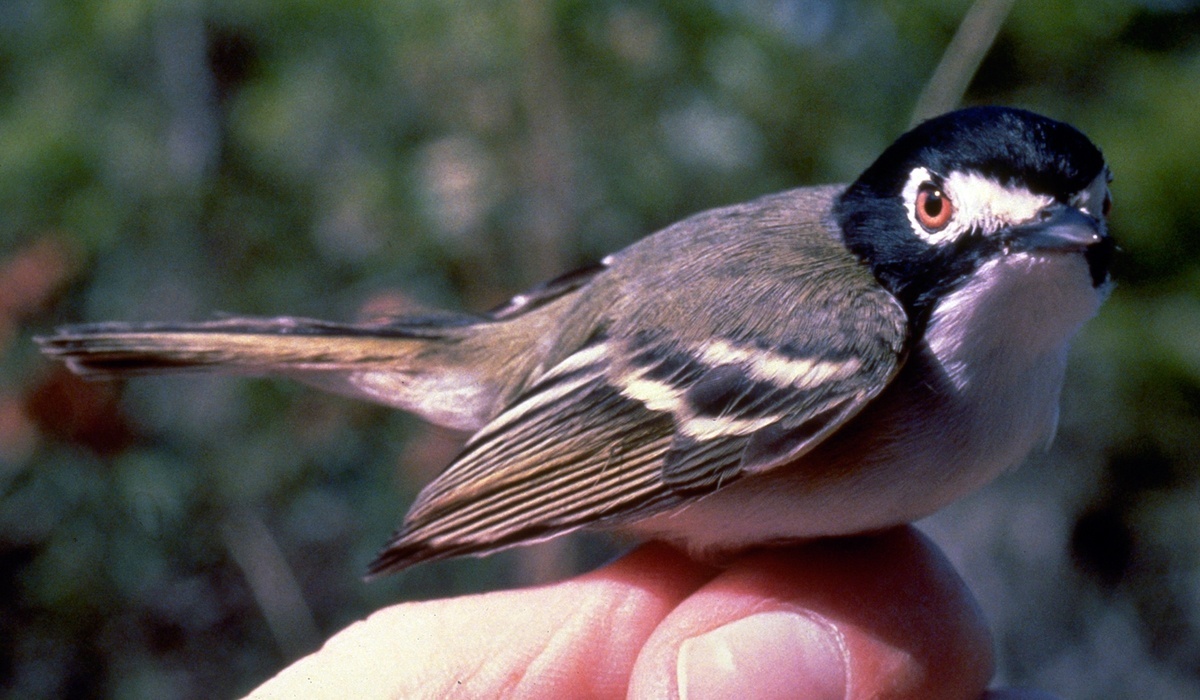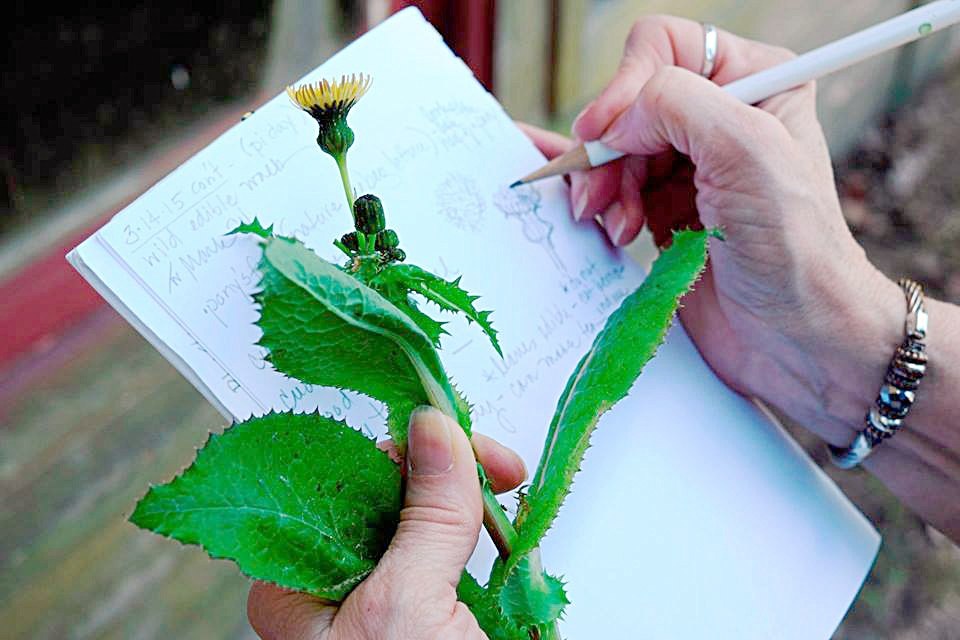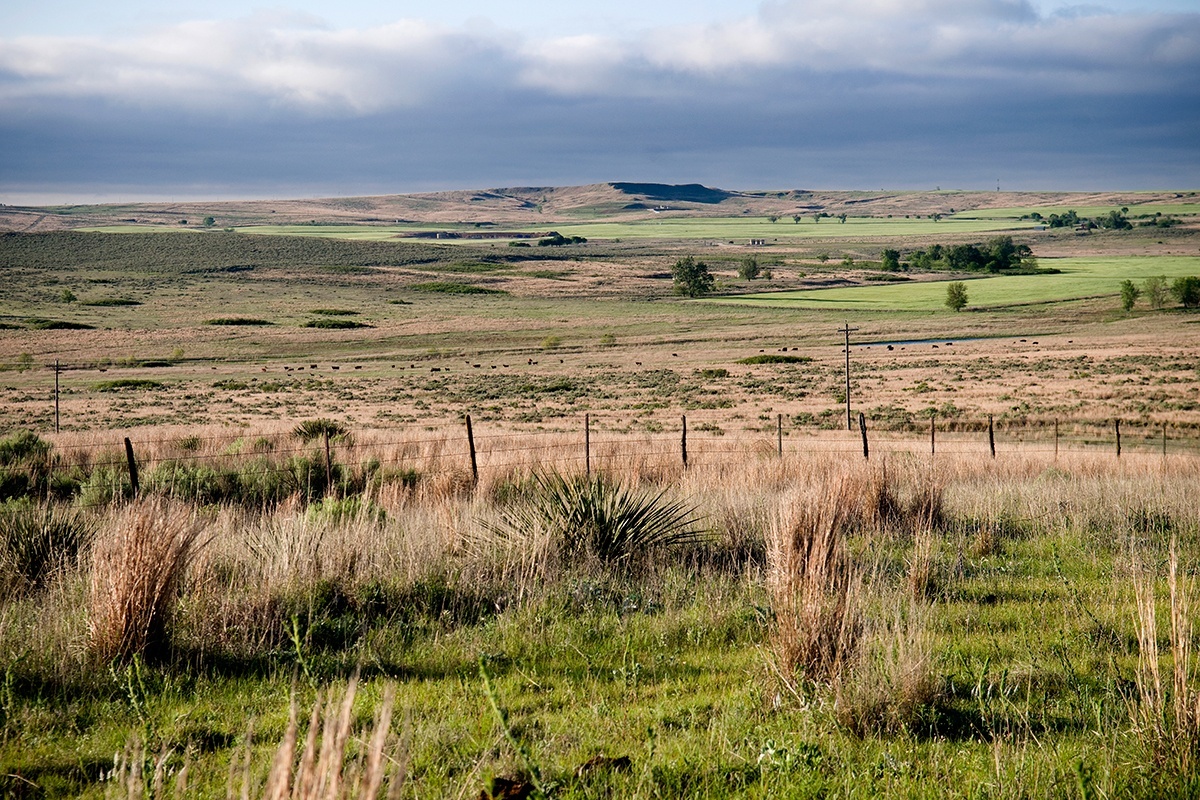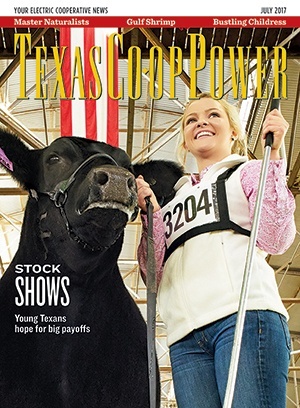For Janet Price, volunteering with the Mid-Coast Chapter of the Texas Master Naturalist program has included counting migrating buff-breasted sandpipers to determine whether they have enough coastal habitat; wading into a muddy shoreline on a hot summer day to plant erosion-controlling grasses; and participating in daylong Christmas bird counts, when her team once identified 72 species. “It’s a treat when you get to see something that you haven’t seen before,” says Price, a member of Jackson Electric Cooperative.
For other master naturalists, volunteering has revealed a new calling. That was true for Becky Etzler, who in 2012 trained with the Hill Country Chapter after moving to Harper with her husband. Expecting to restart a career managing a veterinary clinic, she began helping the Texas Wildlife Association teach schoolchildren about groundwater issues and managing healthy landscapes.
Etzler began testing landscape tips while revitalizing her own 27 acres of savanna to create a better wildlife habitat. The former Floridian admits she became obsessed with identifying native wildlife and plants. As one of more than a dozen members of Central Texas Electric Cooperative who serve in the Hill Country Chapter, she now directs Kerrville’s Riverside Nature Center.
“I was able to see a whole new world,” she says of the master naturalist training. “It’s such a life changer, opening your eyes to natural resources and to conserving them.”
Etzler and others count themselves among more than 10,000 volunteers in 48 chapters of the Texas Master Naturalist program. The largest and oldest statewide program of its type, Texas Master Naturalists began with a chapter in San Antonio in the 1990s. That first group was organized by a city naturalist working with a Texas Parks & Wildlife Department staffer who required help completing a range of projects. Member naturalists trained by TPWD and the Texas A&M Agrilife Extension Service are active from the Pineywoods to the Rio Grande Valley to the Panhandle. Their activities include counting wild parrot flocks, studying native plants and wildlife for conservation projects, conducting birding and stargazing tours, and building butterfly houses.
“They’re making a difference for the future of natural resources by allowing our county governments and the whole gamut of agencies that touch Texas’ landscapes to get so much more done with an ever-decreasing staff size,” says Michelle Haggerty, Texas Master Naturalists’ state coordinator. “We couldn’t do our conservation and natural resource work today without them.”
All told, these citizen scientists annually educate close to 200,000 Texans, improve the health of approximately 2,000 acres of public land and build dozens of miles of trails in natural areas. Even before doing all that work, certified master naturalists complete 40 hours of field and classroom training followed by 40 hours of required volunteer work. The volunteers assist local, state and national organizations, and the program has inspired similar naturalist endeavors in more than 20 states.
Master naturalists across Texas share their training in ways specific to the landscape, such as the Blackland Prairie Chapter’s providing Plano students with weekly nature activities. A priority for the 140-member Blackland Prairie Chapter, which includes many young adults, is restoring 100-plus acres of endangered Blackland Prairie in Collin and Hunt counties. Other volunteers statewide play dirty by building fire lanes or removing cedar trees and other invasives at sites such as Enchanted Rock.
Judy Rowe, an educator at McKinney’s Heard Natural Science Museum, is among members helping students revitalize a school butterfly garden and explore Plano’s Heritage Farmstead Museum, just blocks away from Ammie E. Wilson Middle School. She has watched these junior naturalists develop from scrunch-faced and hesitant to hurrying between basins to see what friends have found while viewing diving beetles, common duckweed, dragonfly nymphs and other residents of local ponds or water features. “Just seeing them get excited about being outside and looking at bugs and critters gets me excited,” Rowe says.
There’s more: Master naturalists can choose office work, such as stuffing envelopes or answering phone calls, or accomplish field work by taking photographs and logging GPS information via a cellphone app.
Through observations like this, master naturalists expand available data about species that face challenges, including habitat loss and weather extremes. More than 200 species are considered endangered or threatened in Texas. These include orchids called Navasota ladies’ tresses, the southwestern willow flycatcher and long-tailed Texas kangaroo rats. With detailed data on the population and whereabouts of flora and fauna, organizations such as the U.S. Fish and Wildlife Service can adjust approaches to fostering their survival or reducing the stranglehold of aggressive, nonnative species that compete with natives for resources.
On a master naturalist tour of Enchanted Rock, volunteer docents Rose Ellis and Russell Vowell guide hikers and provide lessons about its native denizens, geology and history. Ellis draws the group’s attention to white, tick-sized specks on a prickly pear cactus. Squishing one between her fingertips to release its red juice, she describes how the cochineal insects once were prized as a dye for robes at the Vatican. Along the climb to the rock’s windswept summit, Vowell points out a 2-foot-tall clump of bunchgrass, noting that the plant’s leaves served Native Americans for basket weaving and early European settlers for rope making.
More than 900 unique plants and animals call Texas’ Hill Country home. “There’s just a wealth of life up there in a seemingly barren environment,” Vowell says. “You just have to know where to look.”
Among the sightings master naturalists have posted on iNaturalist, a crowdsourcing website, are a rare spotted skunk in Milam County, a once-in-a-decade sighting of a spot-tailed earless lizard in the South Texas plains and the first confirmation of a nonnative and harmful zebra mussel in one of the Brazos River basin lakes.
Conservation benefits aside, some master naturalists simply enjoy the excuse to step outside. Take Nita Schiro, an adjunct professor of digital media and web design at Lone Star College-Montgomery. A highlight of her master naturalist training at W.G. Jones State Forest was standing alone within the pine tree haven, with just the trill of a pine warbler to interrupt the silence. “That experience was really different from anything I’d done in such a long time,” Schiro says. “I just really got lost in the peacefulness of it.”
Now she posts butterfly and other sightings on iNaturalist, gives talks about the reliance of wildlife on native plants and invites passersby on tours of the butterfly garden she developed at home in the Woodlands. Tour-takers have included a couple reclaiming a vacant lot as a garden at their home in Harlem, New York. Sensing kindred spirits on the tour, Schiro slipped in a mention of becoming master naturalists. She says, “We are all trying to make a difference in some small way.”
——————–
Writer and editor Barbra A. Rodriguez lives in Austin.
